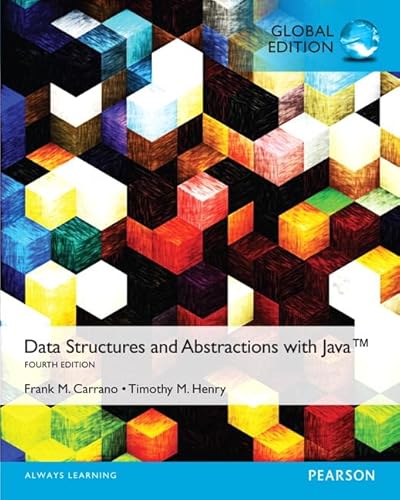


Along the way, we summarize the key theoretical concepts from computer science and mathematics that underpin these design methods, weaving them together using a common running example of a simple Join circuit. We trace the evolution of Visual DSD over time in relation to computational design methods more broadly, and outline how these computational design methods have tried to keep pace with rapid progress in experimental techniques. In this perspective, we look back at the evolution of these computational design methods through the lens of the Visual DSD system, which has been developed over the past decade for the design and analysis of nucleic acid circuits.

This progress has been enabled primarily by substantial advances in experimental techniques, but also by parallel advances in computational methods for nucleic acid circuit design. Over the past 40 years, significant progress has been made on the design and implementation of nucleic acid circuits, which represent the computational core of dynamic DNA nanotechnology.


 0 kommentar(er)
0 kommentar(er)
